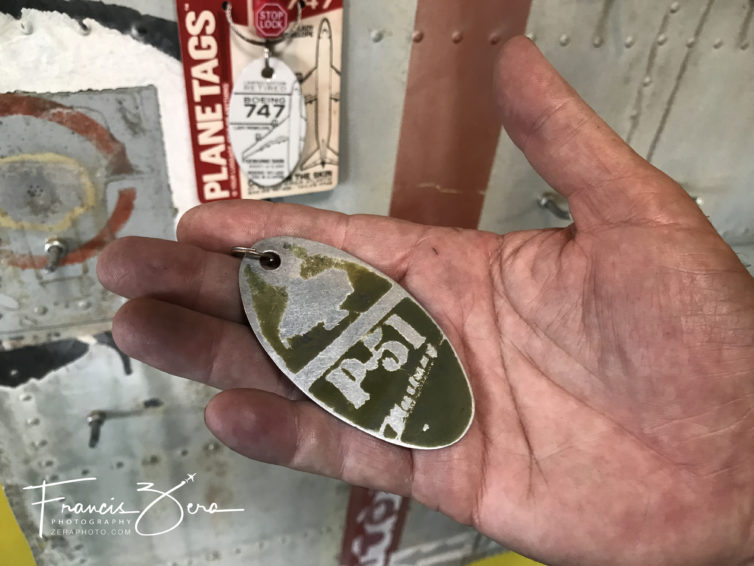
While visiting the Los Angeles area a month or so ago, I dropped by the headquarters of MotoArt Studios in Torrance, Calif., maker of cool aviation-themed furniture and the originator of the PlaneTag, for a tour and some conversation with owner and founder Dave Hall. I’ve purchased several of his products over the years, including a polished propeller and quite a few PlaneTags, so I was excited to see his operation.
It feels like these products have been around for a long time, but Hall explained that while the idea for making keychains out of old aircraft skin came to him more than a decade ago, the tags have only been on the market for a few years.
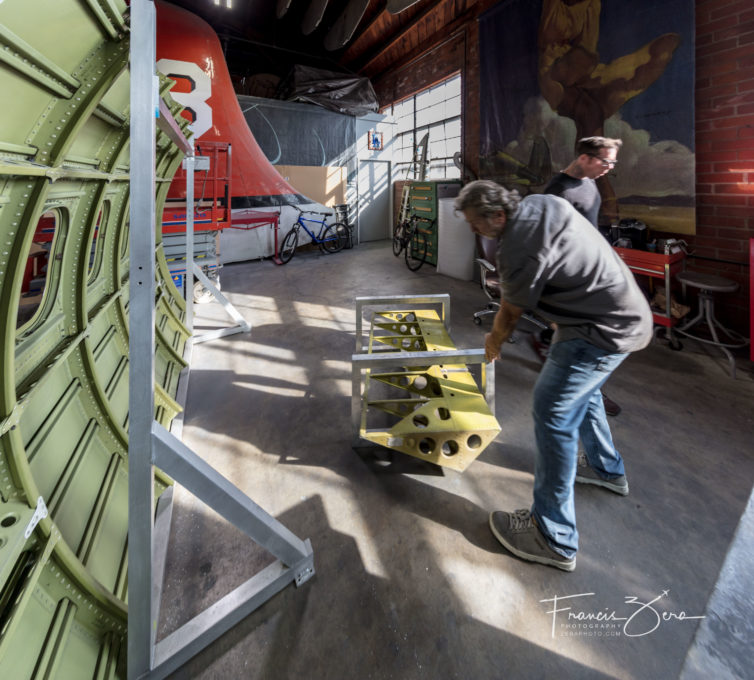
“We had a small section of P-51 Mustang skin, and I decided to take a section and make a tag from it. I decided to call it a PlaneTag it’s small enough to connect to a bag or suitcase, or even put in your front pocket on your keys. That first piece of aviation history sat in my pocket on my key chain for years before I actually had the sense to kick off the idea,” Hall said.
This year’s Black Friday marked the three-year anniversary of what’s become his flagship product. “We started with six PlaneTags: the 767 Gimli Glider, a 747, DC-9, A320, B-25, and a DC-3,” he said. He used the existing MotoArt mailing list, which included contacts dating back to 2001, to promote the new product to existing customers. “It was an instant hit,” he said. His online shop now lists close to 30 different types of aircraft tags, including hull No. 1 of the B-1B bomber.
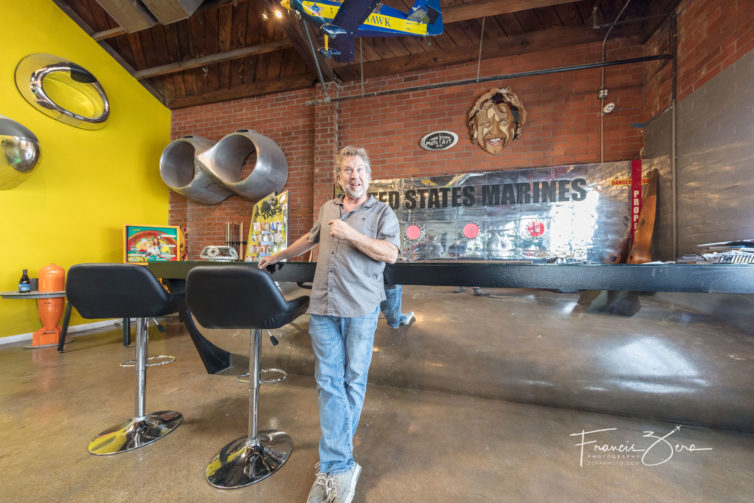
The process of making the tags is relatively straightforward, varying in complexity based on the assembly intricacies of each particular aircraft type: a section of hull, wing, tail, or aileron is cut from the aircraft, the aluminum outer skin is removed from the framing, then the tags are die-cut from the larger sheet, cleaned, and finally engraved.
The process of actually acquiring the old aircraft parts, however, is a different story.
“There’s something magical about discovering an old airframe or boneyard,” Hall said. “With commercial aircraft we have some great relationships with not only fleet managers at commercial airlines, but also recycling companies who scrap the planes. The vintage aircraft is mostly on leads that people send us. It’s always exciting to get a email that says, ‘Hey did you hear about that plane parked out in the middle of nowhere that’s going to get scrapped?'”
-
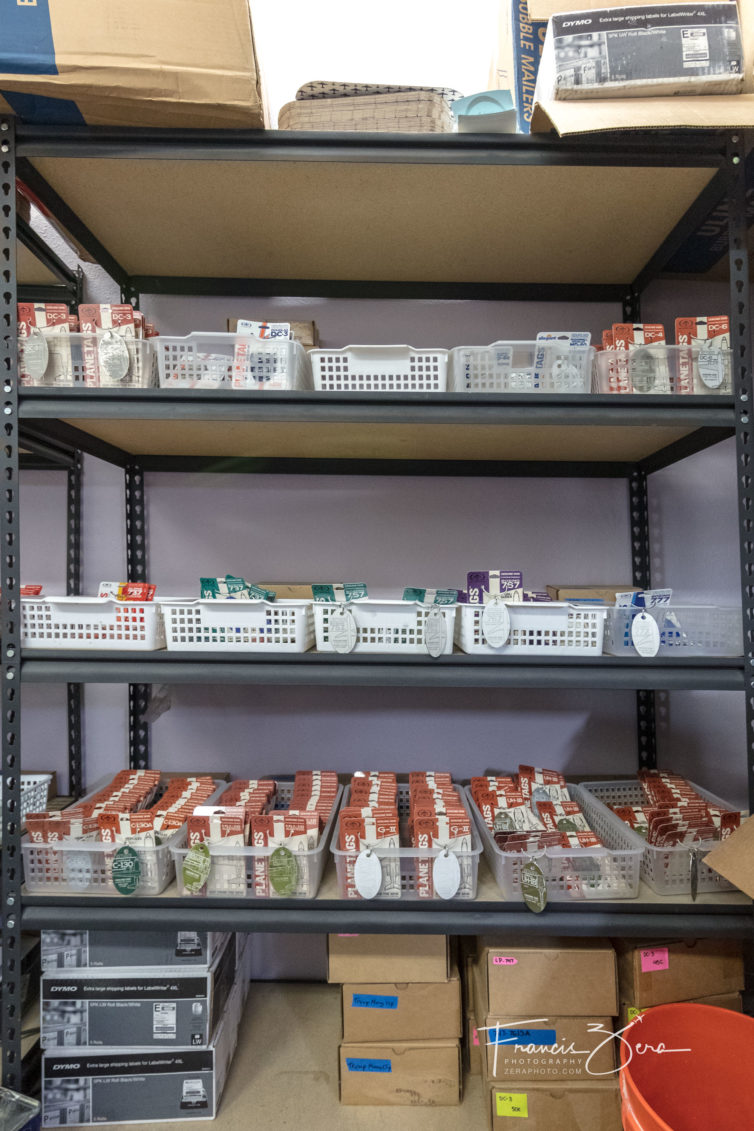
PlaneTags on cards, ready to be sold and shipped -
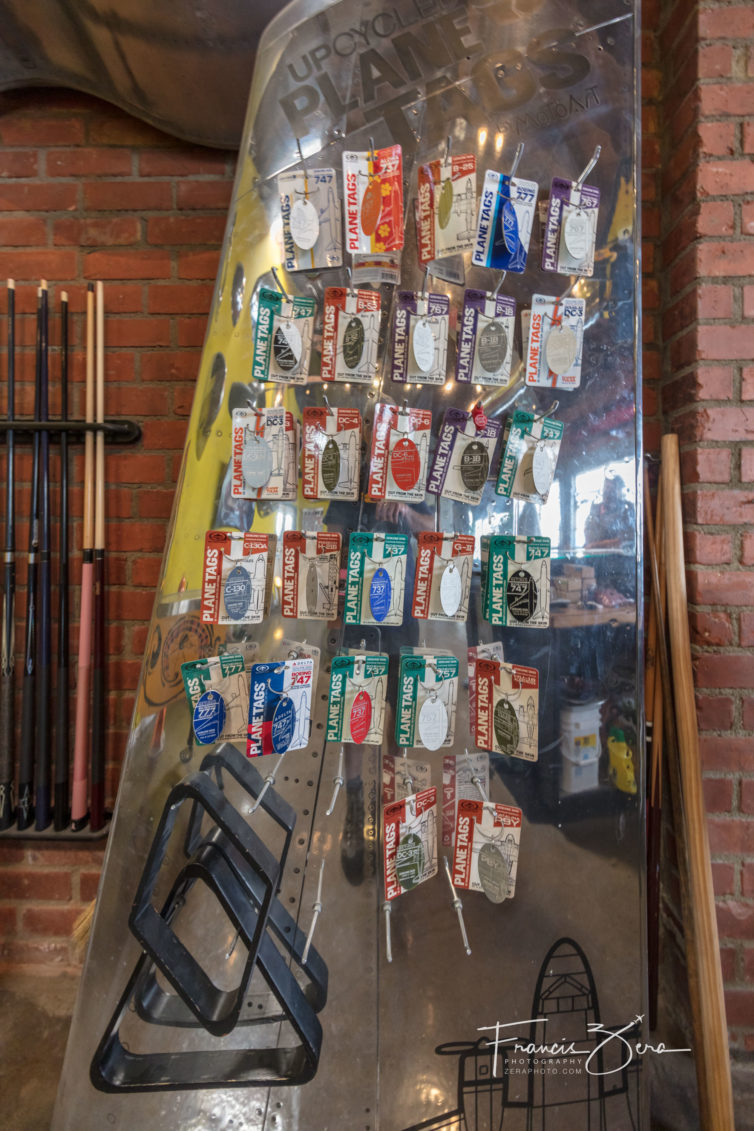
Better late than never, Hall has started to save one example of every tag – he’s missing a few early ones -
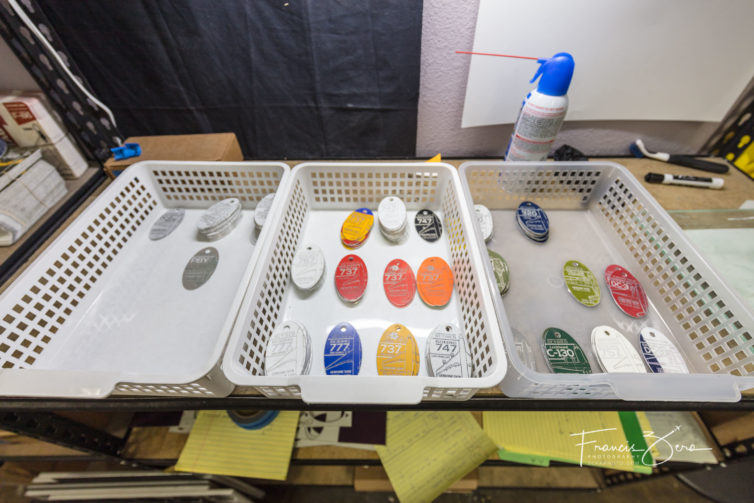
Tags being prepared for custom engraving
MotoArt has been designing what Hall describes as “aviation functional art” for 18 years. “We rescue old airframes and create incredible pieces that are mostly used for conference tables, executive offices, and reception areas,” he said.
-
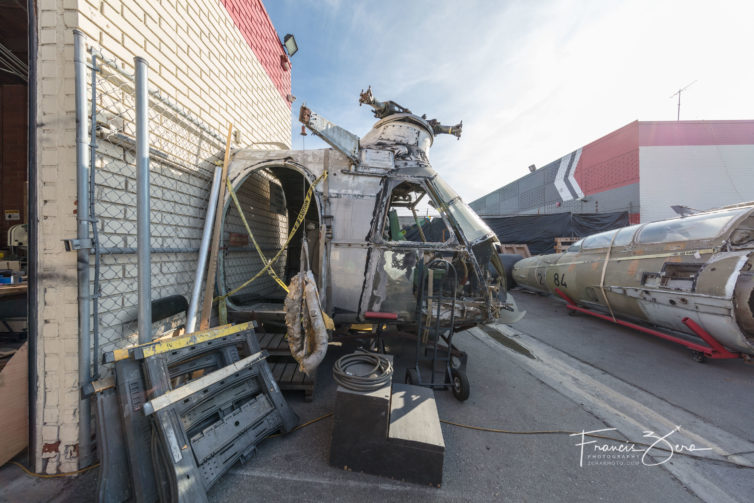
The cockpit of a Piasecki helicopter -
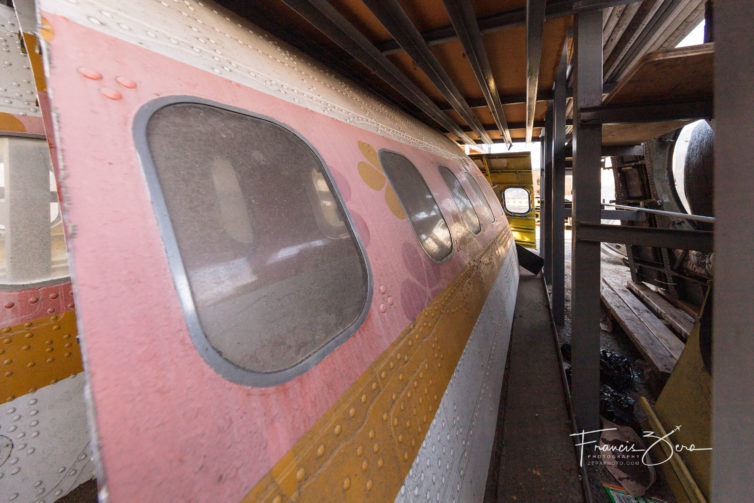
A section from an Aloha Airlines 737-200 -
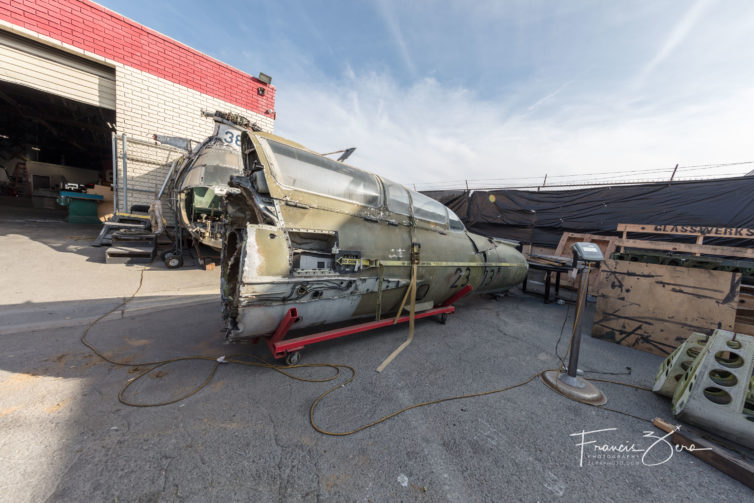
It’s an AvGeek candy store -
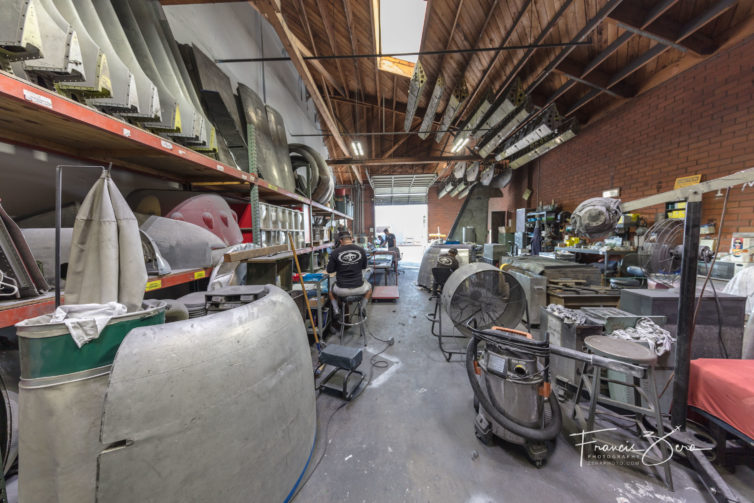
The shop is filled with aircraft parts -
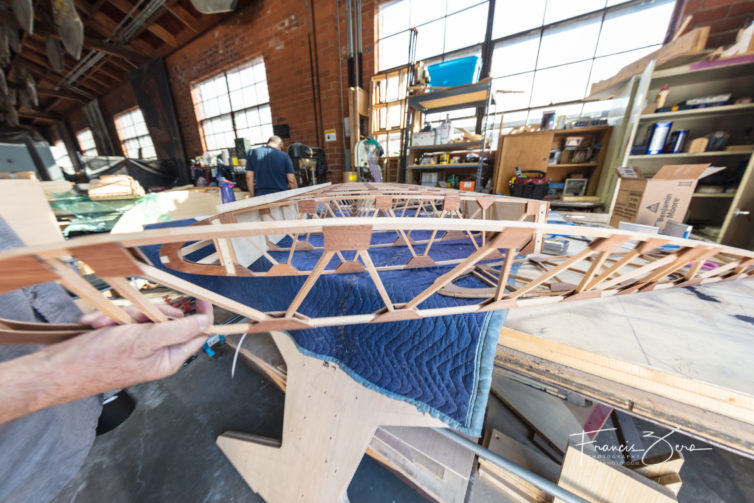
Hall said it’s simpler for his craftspeople to build new spars for furniture pieces than to restore old ones -
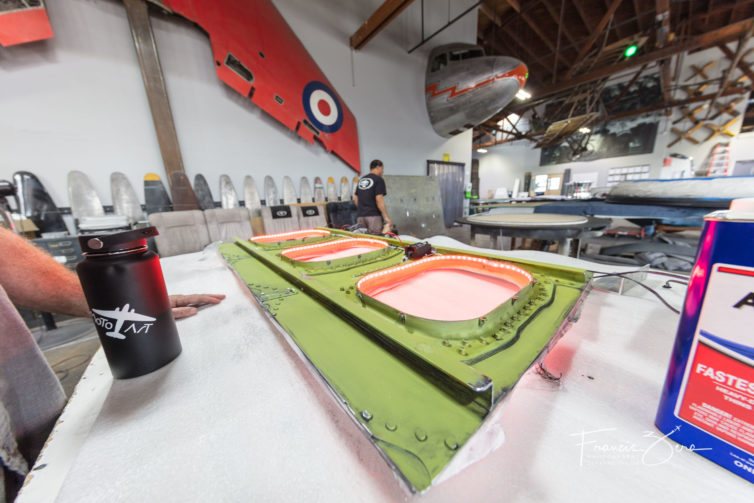
A section of Boeing 737 windows
Hall shared a bit of MotoArt’s backstory. “It started two decades ago when the scrap aluminum guy came by our sign company yard to pick up our recycled material. On the back of his truck, he had an old WWII solid aluminum propeller. We tried to talk him into selling it but he refused,” he said.
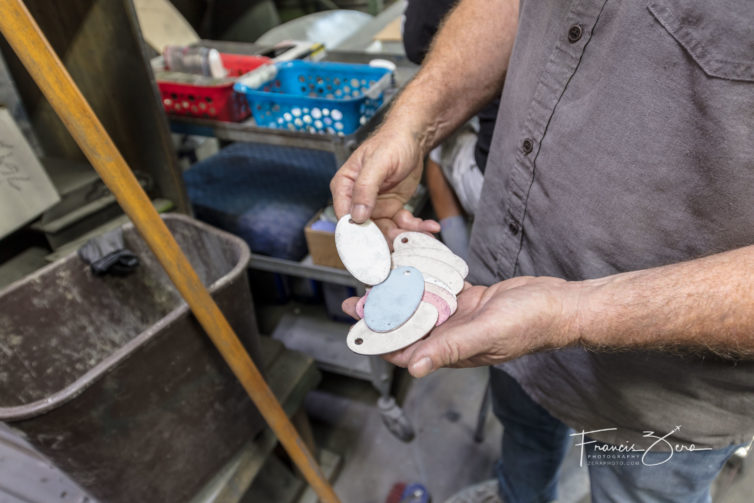
“We found out where he got it from with a quick search of a couple local propeller shops: come to find out, they were scraping hundreds of old aluminum propellers because there was no longer a demand for them and recycled aluminum was at a high. That’s when the idea came up: let’s take a shot at creating a company that would rescue old airframes before they are destroyed and create something unique and fun with them. No one else was doing it and we saw a market,” Hall said.
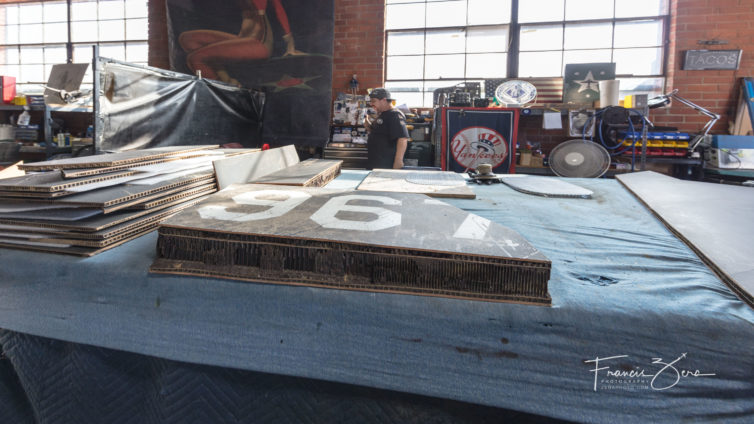
A section from an SR-71 vertical stabilizer, waiting to be converted to PlaneTags
“Everyone damn near laughed at us when we started in my garage. Vendors wouldn’t sell to us, and my neighbors laughed, thinking I was building an airplane,” he said. Now the business is in a dedicated building and has about 20 employees.
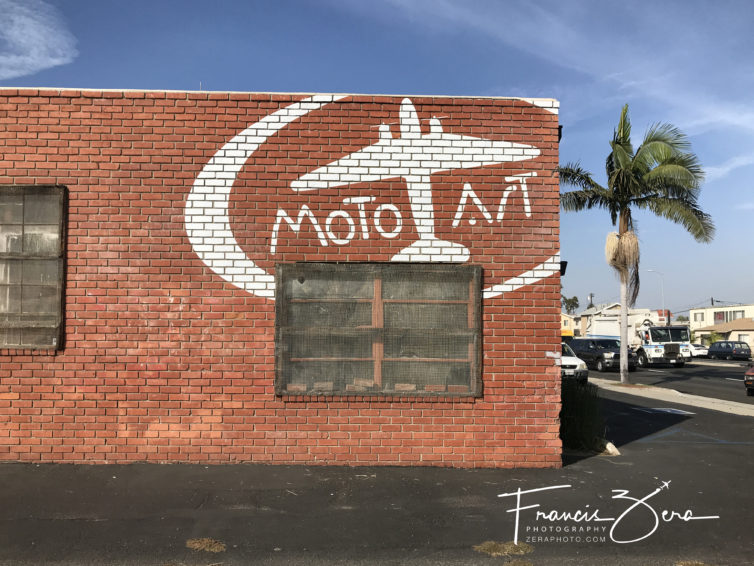
It wasn’t until men’s magazine Maxim discovered his hobby and did a two-page centerfold editorial in 2002 that things started to really take off. After that, Hall said his company was featured in a large wave of print stories as well as television spots, which eventually led to a 2004 Discovery Channel show called WingNuts. After that, he said, it seemed like everyone was making airplane furniture.
Hall’s company does a fair amount of work with airlines, such as creating PlaneTags for their employees and special customers as perks. “This past year,” he said, “we rolled out a program to commercial airlines that seems to be a winning formula for everyone: we donate a large percentage of each PlaneTag sale to the airline’s charity of their choice and offer their employees a discount.” Those airlines include Delta, American, United, Virgin Atlantic, Allegiant, and China Airlines.
Excellent backgrounder and photos on a company I”ve long been curious about. Thanks, Francis!
Pretty cool! We have a huge airplane mart every November here in Zurich. It’s called the Aviatek borse and I bet you can make new customers here. I’ve done it every year since I’ve been here and it’s alot of fun finding odds and ends of aircraft, memorabilia and the lot. There’s also a SwissAir mart held outdoors every spring/summer you could set up at. Europe is BIG on actual/real airplane ‘stuff’! Anyway, good luck with your biz and I may just buy something there..that’s if you can post to Switzerland 😉
What a great story! I bought one of the first plane tags 3 years ago. Part of a Virgin 747 which I proudly carry on my back pack every time I fly. I also purchased a 737 window mirror from them later that year which is part of my bedroom decor. I’d love to visit their facility!!! Thanks for the article!
I wish they wouldn’t finish the tags so much, to me it looks more like the packaging it should come in rather than an actual piece of an aircraft. If there were raw options I’d have a few.
If you are looking for something less refined you might check this guy out. He”s a Southwest captain who does all sorts of cool stuff including tags on the side. No relation/affiliation, not an ad. https://wyldebyrdart.com/
Cheers!
Thank you for sharing this blog post. I thoroughly enjoyed reading this article and shocked that such a innovative idea could come out of old aircraft skin.
How to purchase the SR71 tag????